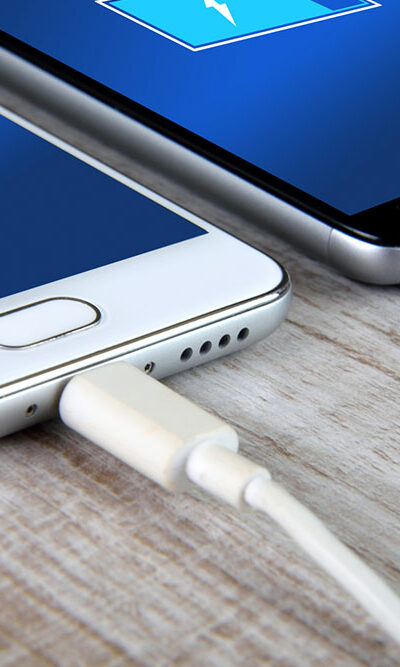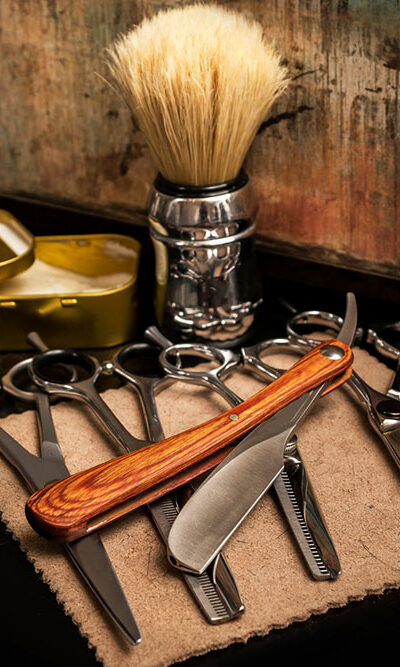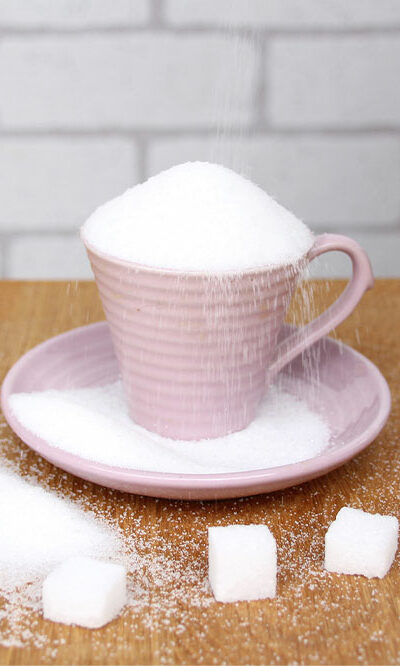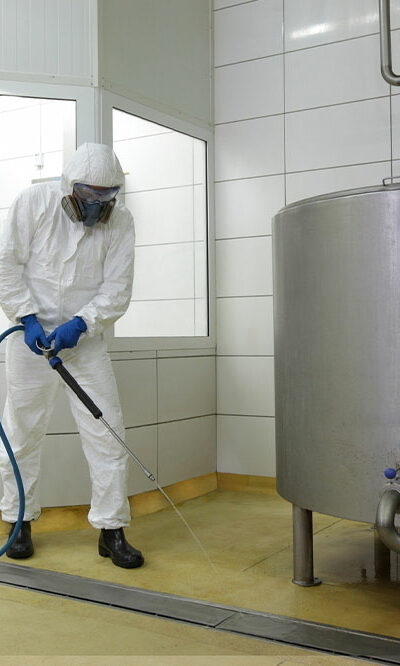
8 phone charging mistakes that can shorten battery life
One may have to charge their smartphone at least once every day. Today, in addition to plugging the charger into the socket, one can opt for a wireless charger or power bank. Regardless of the power source, this simple task of charging might become more efficient with certain precautionary measures. Further, certain errors in the process could damage the phone’s battery. So, here are some mistakes to avoid when charging a phone: 1. Letting the phone charge all night Leaving smartphones plugged in at night is a serious mistake to avoid. While one may want to have a full battery when they wake up, this can lead to a waste of electricity and a higher risk of battery damage. A charging phone draws power from the socket and converts it into electricity to charge the battery. This process generates heat. Further, phones may be left in their cases or on soft surfaces like pillows or beds to charge all night. These surfaces lack proper airflow and ventilation, due to which heat might get trapped in the smartphone and cause a spike in temperature. This overheating and excessive charging can cause permanent damage to the battery. While many modern smartphones come with overcharge protection, leaving the device plugged in could still damage the charger’s onboard chip and prevent the failsafe from working in the future. 2. Charging in extremely hot rooms As charging electronic devices can generate some amount of heat, charging them in extremely hot environments might not be a good idea. On a hot summer day in a hot room (especially where the temperature goes over 90 degrees Fahrenheit), the smartphone could experience a sudden spike in body temperature. Such persistent overheating is terrible for the smartphone and its battery. As a workaround, one could charge their phones in cooler rooms or environments to prevent overheating.





